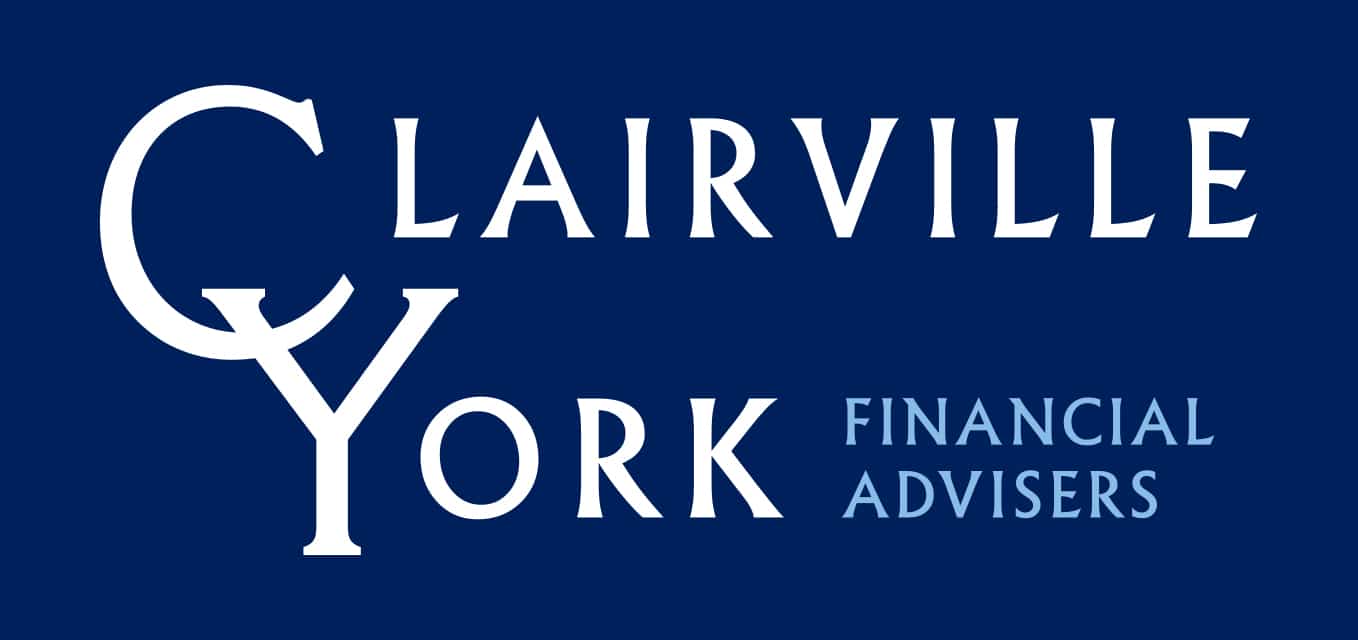Cash ISAs
Cash ISAs have declined in popularity, not only in relation to stocks and shares ISAs, but also in relation to other forms of deposit. Interest rates have fallen and the attractions of cash ISAs have also been undermined by the introduction in April 2016 of the personal savings allowance (‘PSA’), which permits basic rate taxpayers […]
